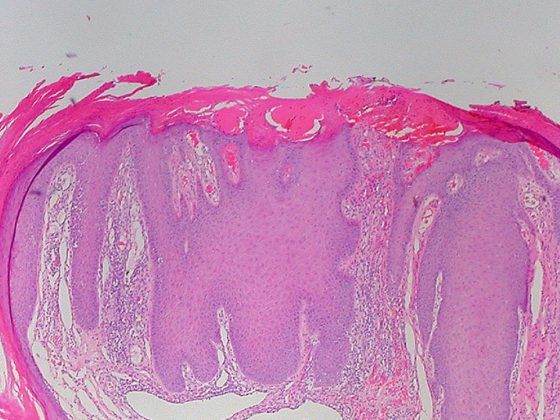Women who are exposed to high levels of air pollution give birth to smaller babies. Conversely, women who live in greener areas give birth to larger babies, which could counteract the effects of air pollution. This link is shown by a study that adds to the growing body of evidence of adverse health effects caused by air pollution, particularly in infants and young children.
There is a close correlation between birth weight and lung health: Low weight and premature birth increase the risk of impaired lung function. Children with a low birth weight are more likely to develop bronchial asthma and, at an advanced age, chronic obstructive pulmonary disease (COPD). To protect babies and their developing lungs from potential damage, air pollution should be reduced and cities should be made greener, write researchers led by Robin Mzati Sinsamala, Department of Global Public Health and Primary Care, University of Bergen, Norway [1].
In their study, they investigated the relationship between maternal exposure to air pollution and green spaces during pregnancy and birth weight or premature birth. The study was based on data from 4286 children of 2358 mothers from the Respiratory Health in Northern Europe (RHINE) study. The test subjects lived in Denmark, Norway, Sweden, Iceland and Estonia.
The researchers determined the proportion of greenery in the areas where the women lived during pregnancy by measuring the density of vegetation on satellite images. This vegetation includes forests and farmland as well as parks in urban areas. Exposure to green areas (Normalized Difference Vegetation Index, NDVI), modelled particulate matter (PM2.5 and PM10), nitrogen dioxide (NO2), ozone (O3) and black carbon (BC) was estimated for the mothers based on the residential address at each pregnancy. The average values for air pollution were within the European Union standards. Sinsamala and colleagues compared this information with the birth weight of the babies, adjusting for factors known to influence birth weight, such as maternal age, education, smoking, body silhouette and comorbidities.
Low birth weight makes you more susceptible to infections
The results showed that PM2.5, PM10, NO2 and BC were associated with an average reduction in birth weight of 56 g, 46 g, 48 g and 48 g, respectively. When the researchers took environmental conditions into account, the effect of air pollution was smaller. Women from greener areas had babies with a slightly higher birth weight (on average 27 g) than mothers who lived in less green areas.
The median (interquartile range, IQR) of the NDVI300m was 0.3 (0.2-0.4), for pollutants in µg/m3 at 9.5 (PM2.5: 7.1-13.0), 16.4 (PM10: 11,1-21,3), 15,8 (NO2: 8,9-21,6), 49,5 (O3: 45.2-54.0) and 0.6 (BC: 0.4-0.8) (Fig. 1). An IQR increase in NDVI300m was associated with an increase in body weight of 29 g (95% CI 13-44), a 23% lower probability of low body weight (<2500 g; 95%-Ki 0.64-0.94) and a 14% increased probability of a high body weight (>4000 g; 95% CI 1.02-1.26). The correlation remained even after adjusting for air pollution exposure or using different NDVI buffers (100 m and 500 m).
The time during which babies grow in the womb is crucial for the development of the lungs. Their findings suggest that pregnant women exposed to air pollution – even at relatively low levels – give birth to smaller babies, the authors write. They also suggested that living in a greener area could help offset this effect. The reason for this could be that there is less traffic in green areas, that plants remove pollutants from the air or that it is easier for pregnant women to be physically active.
Source:
- Sinsamala RM: “Preconception air pollution/greenness exposure and pregnancy outcomes: The Life-GAP Project”, poster presentation PA311; ERS Congress 2023, Milan, 10.09.2023.
InFo PNEUMOLOGIE & ALLERGOLOGIE 2023; 5(4): 25 (published on 8.11.23, ahead of print)












